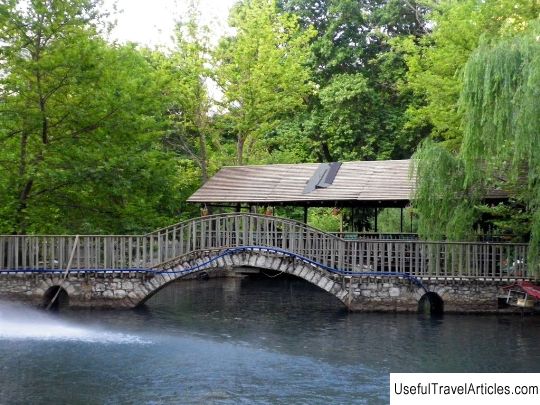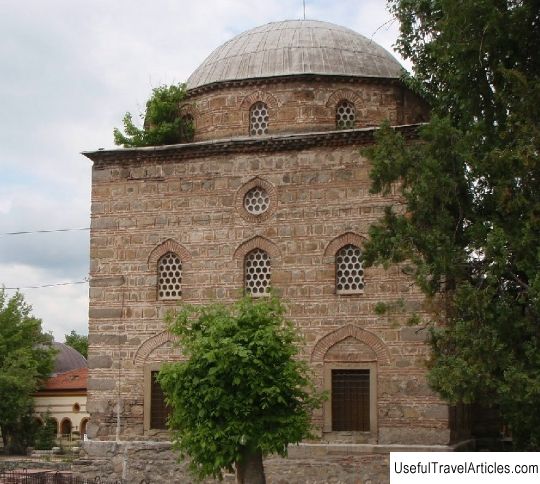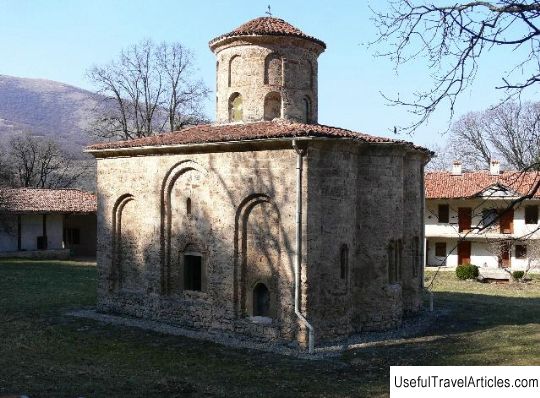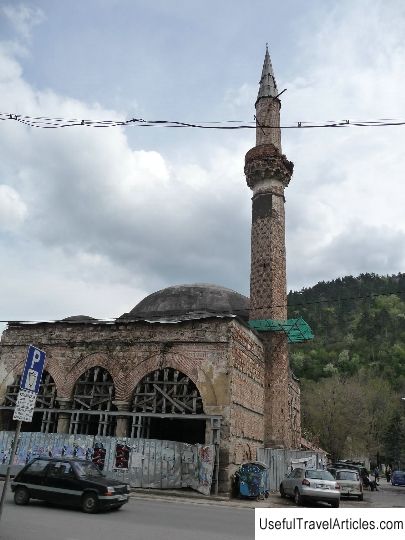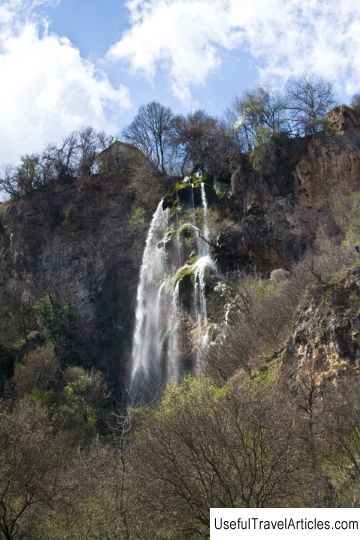Monastery of St. Luke in the village of Granitsa description and photos - Bulgaria: Kyustendil
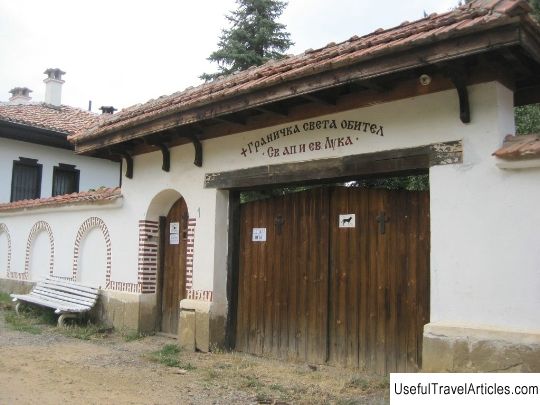
Monastery of St. Luke in the village of Granitsa description and photo - Bulgaria: Kyustendil. Detailed information about the attraction. Description, photos and a map showing the nearest significant objects. Photo and descriptionThe Monastery of St. Luke, declared a cultural monument, is located at the northern foot of the Osogovo mountains, in an area called Pustia Manastir. The town of Kyustendil is eight kilometers south of the monastery, and the village of Granitsa is four kilometers to the south-west. It is believed that this Orthodox monastery was founded in the 10th century. In the immediate vicinity of it, scientists have discovered the medieval fortress Granitsa, which existed during the Second Bulgarian Kingdom. It was intended to control the route from Welbuzh (a fortified city located on the site of modern Kyustendil) to Stip. During the period of Ottoman slavery, the monastery was repeatedly destroyed. It was last restored in 1948. There is a legend that Ivan Rilski studied here - one of the most revered saints in Bulgaria. The monastery is currently active. In addition to residential buildings, the monastery complex includes a small one-nave, domeless church with a semi-cylindrical apse and an attached bell tower. In the courtyard there is a cheshma - a traditional Bulgarian fountain with a tap from which drinking water flows. Cheshma is named after three monks from the village of Granitsa who restored the monastery - Joseph, David and Theophanes. The landscaped area has a gazebo, benches and tables. An interesting fact - two treasures were found in the monastery garden: several silver Venetian coins of the XIV century and many coins of the Byzantine emperors Alexy I Comnenus, Manuel I Comnenus, Andronicus I Comnenus and Isaac II Angelus. <  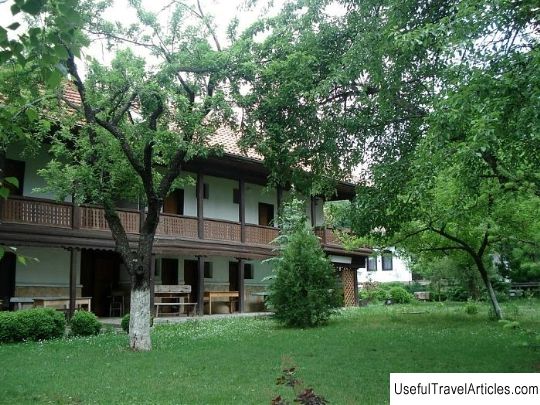  We also recommend reading Panama Canal Museum description and photos - Panama: Panama Topic: Monastery of St. Luke in the village of Granitsa description and photos - Bulgaria: Kyustendil. |
